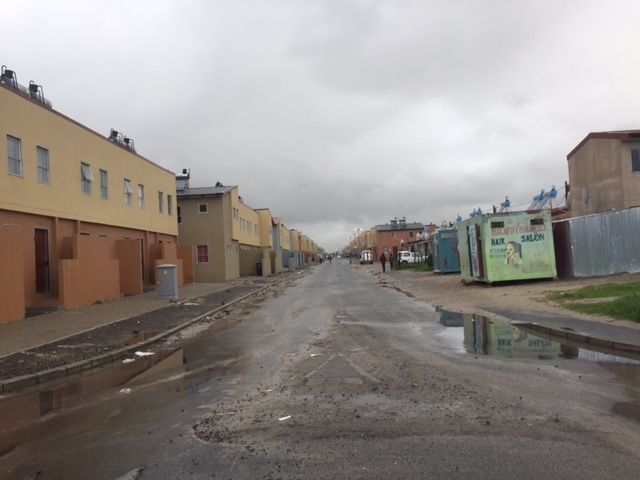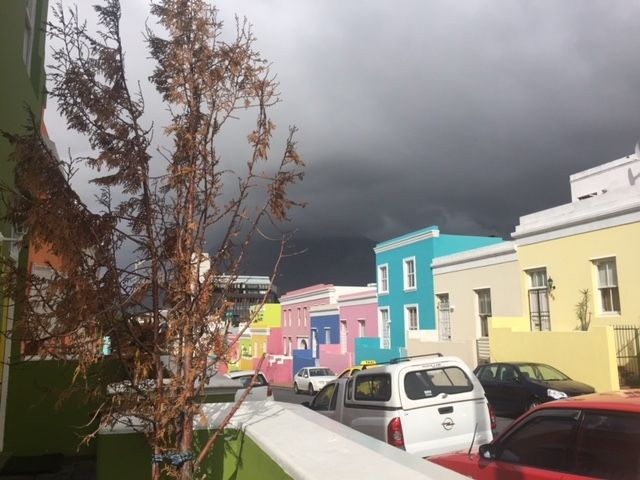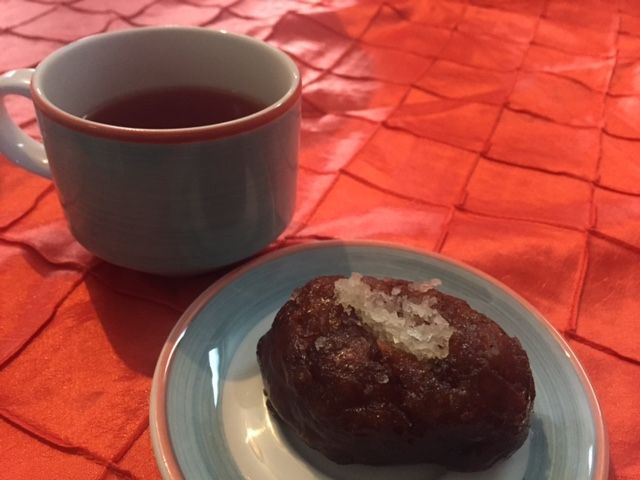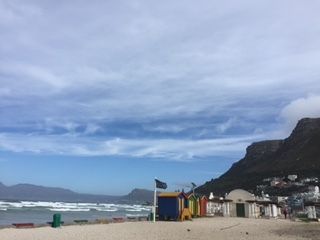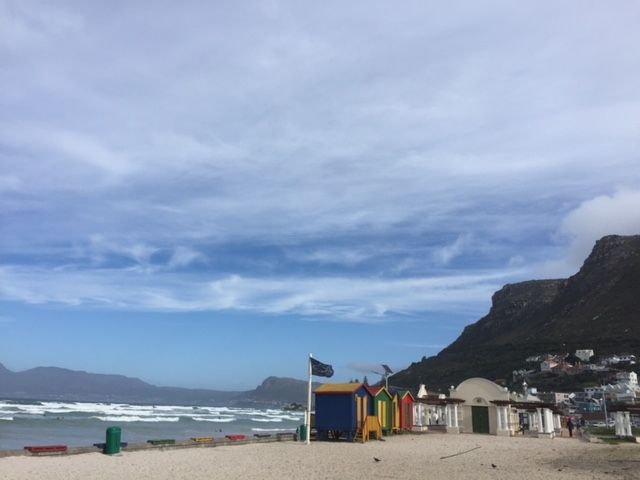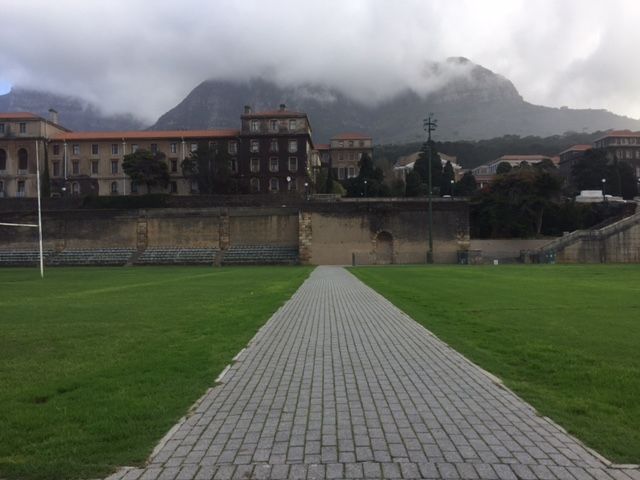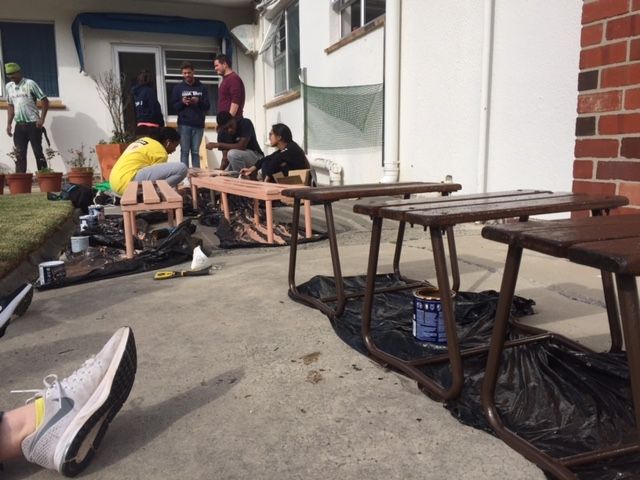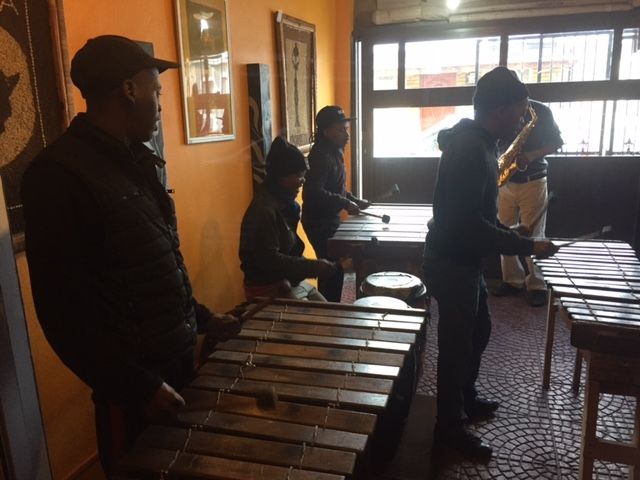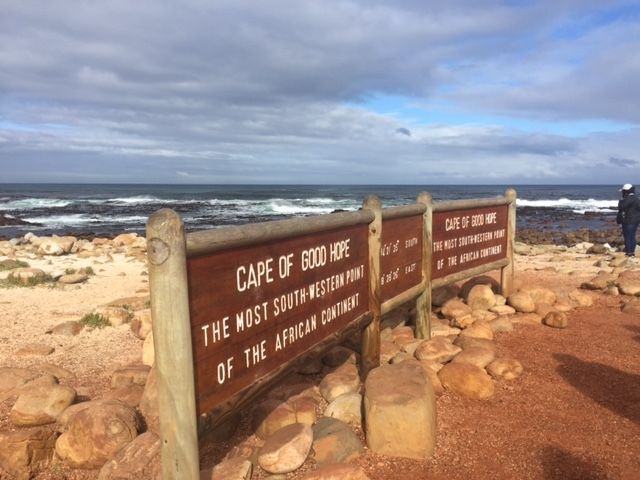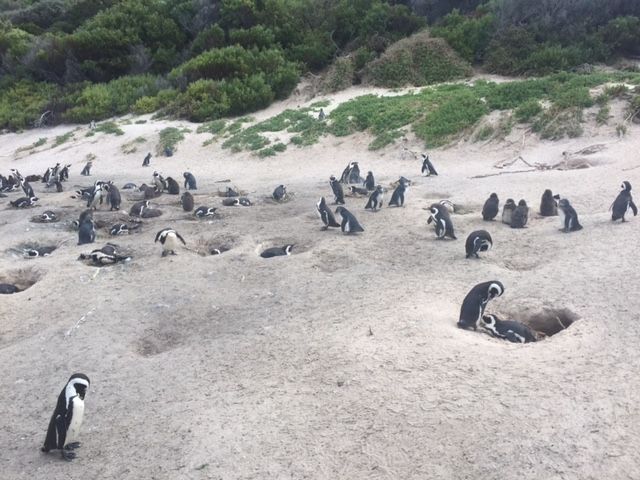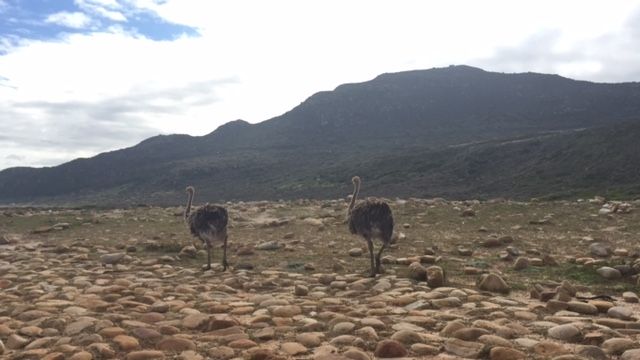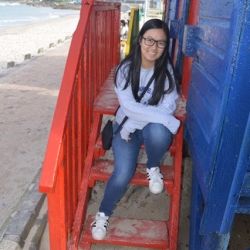Settling In: Second Week
Although we are already two weeks into the program and I still can’t wrap my head around the fact that I’m in South Africa, my new home at the CIEE Cape Town Global Institute in Rondebosch Court has been treating me very well. We HSSA students reside in dormitories on its first floor. Rondebosch, a predominantly white neighborhood (Southern Suburb) of Cape Town, is home to the University of Cape Town’s main campus and is gradually becoming more racially integrated. The Global Institute is located right outside of the campus and it requires quite a hike up the mountain slope to get to the university. Walking the main street, you’ll pass by strips of restaurants and stores to your left and right. It’s a medium sized shopping district which is convenient to satisfy our basic grocery needs. When you stray from the main roads, you’ll come across rows of quaint middle-class homes.
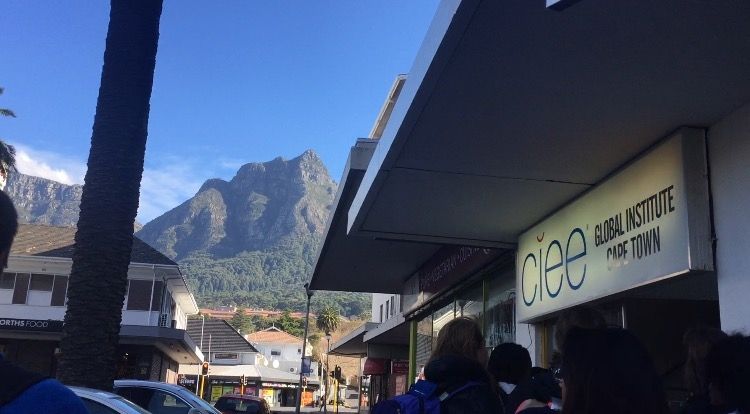
Cape Town Highlights Week 2:
- Beach clean-up at Muizenberg
- University of Cape Town tour
- Maitland Cottage impact project
- Movie night at Labia Theater
- Tour of Langa and Gugulethu Townships
- Peninsula tour - Cape of Good Hope - most southwestern point of Africa, Simon's Town, ostriches/baboons/penguins!
- Bo Kaap tour
- Compiling care packages for the St. Michael's community
Our dorms resemble university dorms, with two people to a room - two comfortable beds, closets and desks. In total, three flats are occupied with three-four rooms each. Each flat has communal bathrooms, a kitchen and a balcony. So, one flat can hold up to six to eight people. In my flat 101, we have a perfect view of Table Mountain and the streets of Rondebosch from our balcony. My flatmates and I use our kitchen as a place to hang out and eat snacks late at night or during our free time. We have a curfew at 10 PM, but sometimes the entire program group hangs out in the common room of our floor to unwind from the activities of the day. Occasionally we'll pass by the college semester students who reside on the upper levels of the complex.
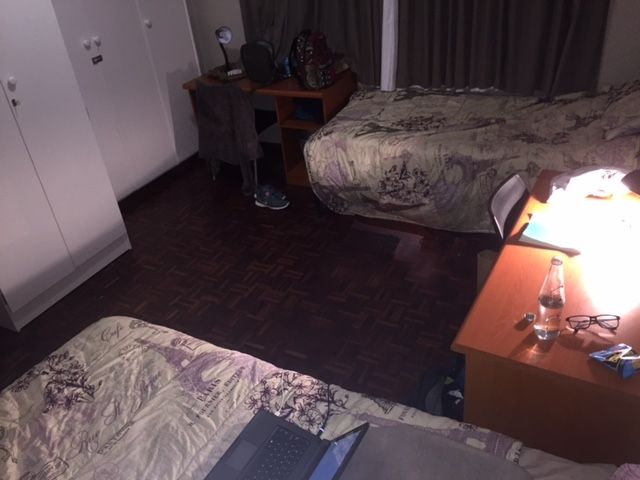
Rondebosch is quite different from my hometown in the sense that it is much easier to walk everywhere, whereas my car is my primary use of transportation back home. Cape Town is a city, so obviously the area here is more densely populated than my typical suburban town. Because we are not staying in actual homes, it would be impossible to compare my dorm to my home in the US. However, I could easily compare my living experience here to college housing, and I consider it somewhat of a “pre-college” experience. I feel much more independent, especially when we go out to do our grocery runs at Pick-n-Pay, cheese fries and milkshake takeaways from Sticky Fingers and other errands.
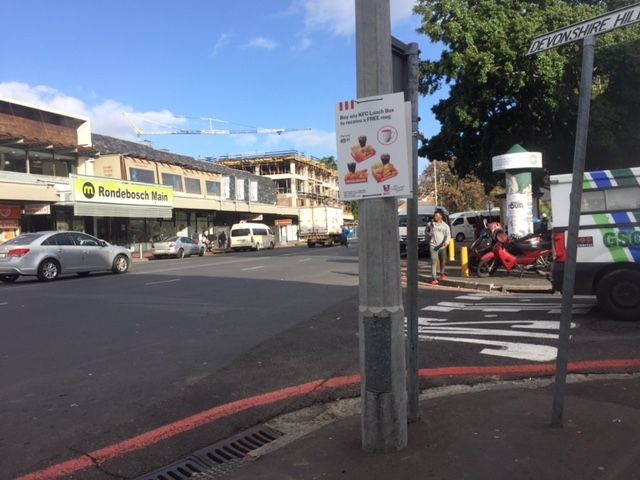
The Daily Routine
Mornings
Our morning routine mostly remains the same from day to day. Hot breakfast is usually served from 8-8:30 in the dining hall, ranging in a variety of meats, bread, fruit, eggs and yogurt. On weekends, the whole group has breakfast at a cafe across the street called Cocoa Wah Wah. Our first activity usually begins at 9 and varies from day to day - some days we’ll have language class in the morning, and some days we’ll go right to our service site or excursion.
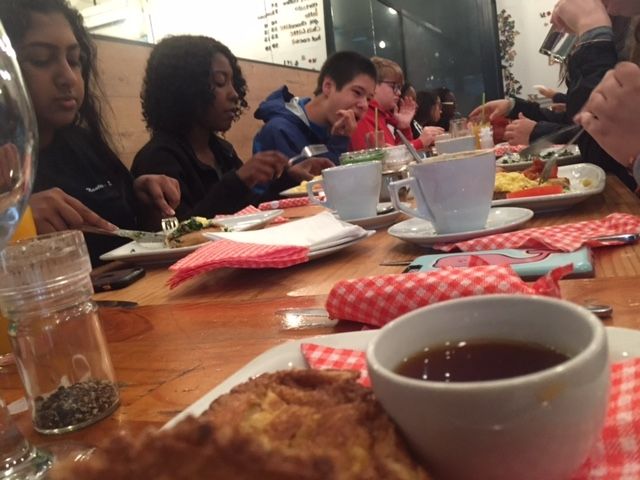
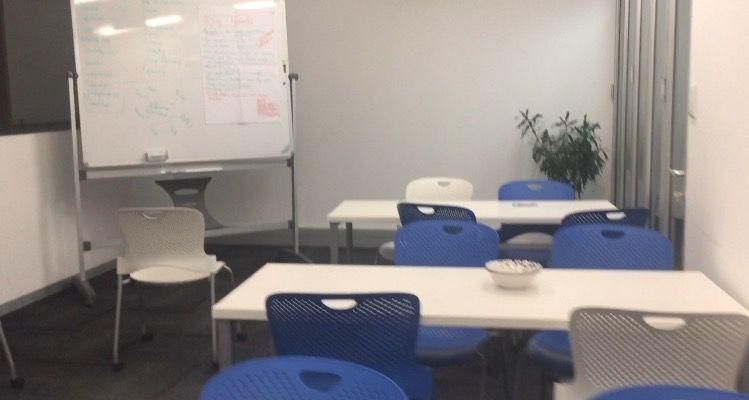
Class is typically held in the Hector Pieterson room (pictured above), one of the classrooms at the Global Institute. There, we sit for our lectures for about an hour, taking notes in our CIEE journals and absorbing as much as we can from the Afrikaans crash course. We may also have lectures about leadership skills or realizing a certain aspect of a community - for example, we had a lecture on power and privilege, with a few hands-on activities to go along with it. If we don’t have class in the morning, we’ll meet in the common room or the Funda classroom where our program leaders tell us what to expect upon arriving at the site. For example, prior to our beach clean-up in Muizenberg, our teacher had shown us a YouTube video explaining the impact of recycling and the results of trash migration into the oceans. These short briefing sessions put our activities into context and help remind us of the true purpose of doing service work for our community partner.
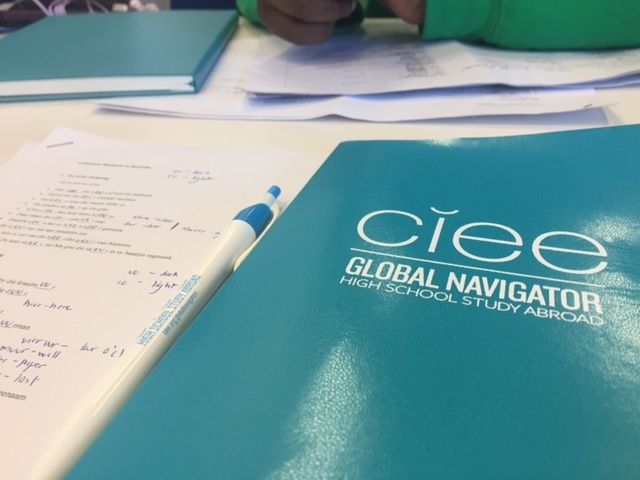
Afternoons
Depending on the day, the lunch situation can differ. When time allows, we’ll sit down for lunch at either the dining hall at CIEE or at a fast-casual restaurant. However, some days, when crunched for time, we’ll be provided with well-put-together packed lunches, usually a sandwich complete with a juice box, fruit and a bag of chips.
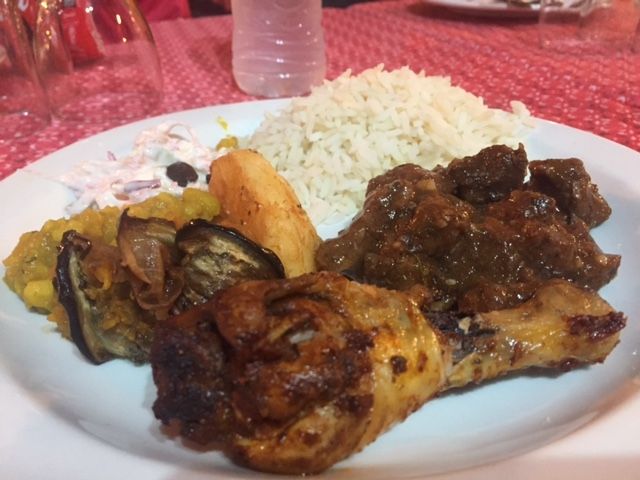
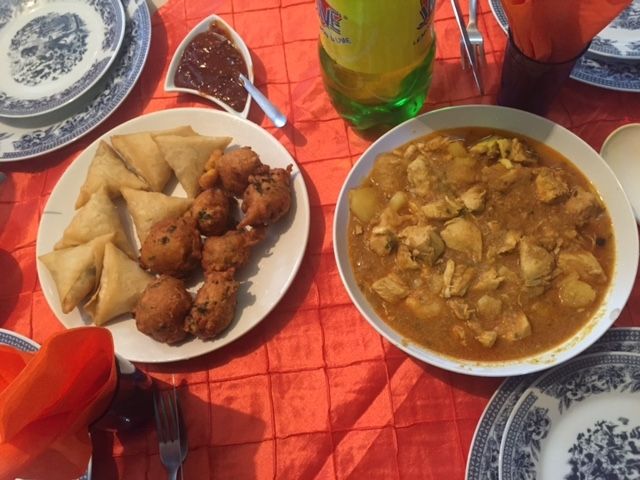
Again, if an excursion or service work has been done in the morning, a class/lecture will be held for about 2 hours and vice versa. Following a service activity or tour, we’ll typically have a group reflection where we discuss our thoughts on the day. This may serve as a segue into another lesson, but it ultimately prompts us to consider how we can use the information we’ve learned and apply them to our own communities back home.
Something I have been treasuring very much on this trip is free time! 2-3 hours before dinner is when I usually take the opportunity to take very, very quick showers, thanks to Cape Town’s drought. Some of this time is also spent going out with friends to do groceries or fetching take-out food from McDonald’s, Sticky Fingers or froyo from Marcel’s around the corner. From cream soda flavored milk to bubble gum flavored milk to chocolate mint flavored milk, they truly have it all. Finally, I try to be as productive as possible during breaks - you can find me sitting on my bed either journaling or writing these blog posts!
However, these next few days, I’ll most likely be spending our last hours of free time to work on my final project for the program. How are we two-thirds of the way through already?
Evenings
Dinners are always eaten with the entire group, whether it is at a nice restaurant in the city or in the CIEE dining hall. Oftentimes we’ll have the whole night to ourselves after our meal, but we have had two group movie nights so far which facilitated group bonding. The first movie night was held in the common room, where everyone huddled together on the couch and crowded around the table of speckled eggs, dried mangoes, wine gums and uniquely flavored popcorn. We watched the movie Sarafina which told the story of the Soweto student uprisings, going along with our South African history lessons. Another night, we watched a second slightly off-topic movie (Isle of Dogs) at the Labia Theater in Cape Town, where we snacked on popcorn and “slush puppies”.
Because it is winter and it gets dark fairly early, although we are not allowed to go outside of the Institute by ourselves after dinner, some nights we’ll have “common room parties” and other nights we’ll bond with our flatmates over communal snacks, bubble gum-flavored cereal and dance party playlists. Some of my favorite snacks are speckled eggs, peppermint Aero chocolate, sweet chili flavored cheddar biscuits, Chomps and yogurt gummies! With my own personal carton of mango juice in the fridge, there’s no wrong way to start and end the day.
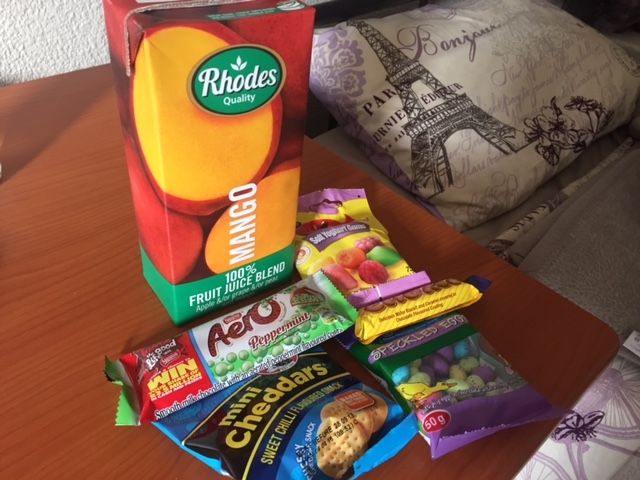
Applications
Because of the current water situation here in Cape Town, water conservation is taken very seriously. Some conservation measures we have been told to take here is to take very quick showers and collect our shower water to flush the toilets. Living here for two weeks has shown me that I am accustomed to taking unnecessarily long showers, which means I am guilty of being wasteful of water!
More importantly, the impact projects we have been doing at various locations here, from Kliptown to Maitland Cottage to Beth Uriel, have truly inspired me to think of ways to make an impact on my own community. Though there is no way for us foreigners to fully understand the community dynamic of the towns in South Africa because we don’t live here, the goal of our impact projects is to get us into the right mindset of performing service work and realizing the nuances and facets of a community.
As we enter the final week and near our program’s bittersweet end, I think it's important that we try to make the most out of our study abroad experience and let all of our knowledge sink in. The clock is ticking, and I intend not to lose a second!
Related Posts
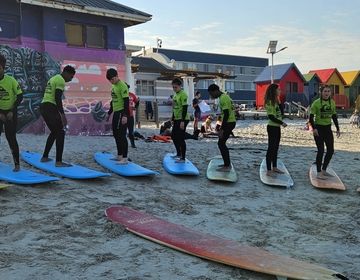
Hang 10!
This past weekend students explored local markets, travelled to Boulders Beach to see the penguins and saw the western-most cape which Cape Town was named after! Students also learned how... keep reading
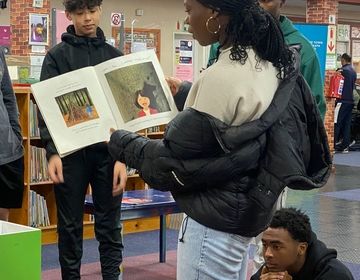
First Impressions of Service-Learning PT 2
Once students settled into their service-learning site and had more time with the students, they were able to read a group of younger students' stories and get them interested in... keep reading
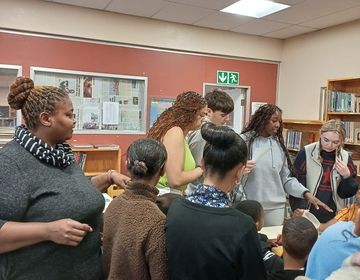
First Impressions of Service Learning
This week, after learning about the history and cultural context of their service-learning site, students began their service! Students were educated on literacy in the area and were told that... keep reading
